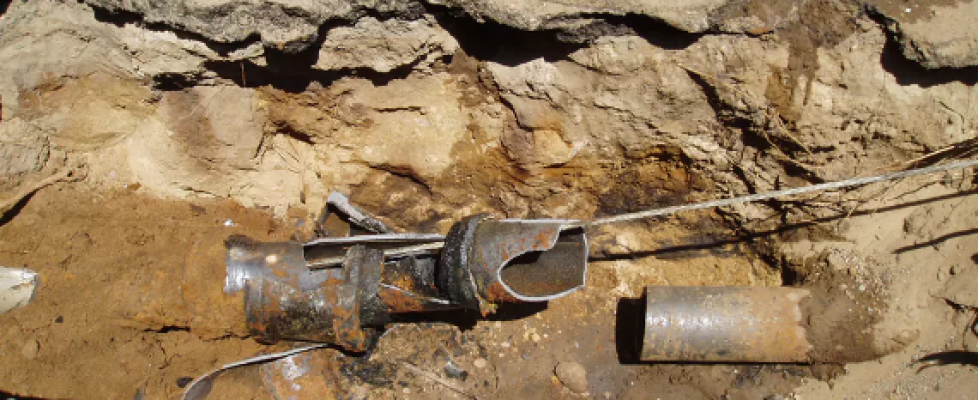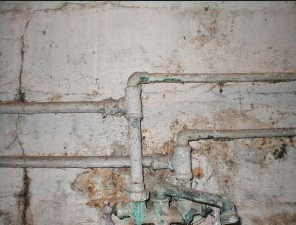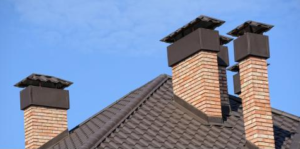Why Old Pipes Remain After Re-Piping
Q1. Can there still be some old pipes (galvanized pipes) present, even after replacing them with copper pipes by a plumber?
A1. Check the places said to still have the galvanized pipes. This is because; there can still be some galvanized pipes present in your home even after repiping them. Most plumbers while doing re-piping only replace the horizontal pipes which are beneath the building. They tend to leave vertical pipe which are inside the wall.
Partial pipe replacement is usually done in order to reduce the cost to be incurred. Pipes that are beneath a house are exposed making them easily accessible. Whereas pipes that are inside the walls are very difficult to access. Hence, re-piping them entails a lot of cosmetic repair and surgery work to get to them.
Replacing of all your piping system is the best option, as the old pipes will eventually corrode with time. Although any of the galvanized pipes left are still functional. When you have old steel which are rusted, you will notice a restriction in the flow of your water. This is noticeable especially in instances where more than one fixture is being used.
Ask your home inspector if installation of dielectric unions is in place; where copper pipes join to the old galvanized pipes. This is because direct contact of the dissimilar metals leads to an accelerated corrosion.
Q2. Why is my brick lining becoming loose inside the fireplace, the mortar crumbling yet the house is only 12 years old?
A2. The mortar of your house will crumble, as this is not dependent on the age of your house. Your mortar decomposes due to the following reasons:
- The mortar could have been inappropriately formulated in the time the bricks were installed. For instance using unclean sand or water.
- Absence of a cap on the chimney at its top. This effect is seen as the chimney‘s coating of black residue the creosote mixes with rain water to form a mild acid. This solution seeps into the masonry lining and neutralizes the alkalinity, which binds the mortar leading to the mortar weakening and eventually disintegrating.
The chimney cap prevents the rainwater from getting into the chimney; thus preventing the degenerative process. It is important to have your chimney inspected by a certified chimney sweep.



